Artificial intelligence has quietly woven itself into the fabric of our daily lives, transforming how we wake up, work, communicate, and unwind. From the moment our smart alarm clock gently rouses us with optimized sleep cycle timing to the evening when our voice assistant dims the lights and sets tomorrow's reminders, AI agents have become invisible partners in our daily routines[^1][^2][^3]. However, not all AI agents are created equal, and their underlying motivations can dramatically impact our productivity, well-being, and autonomy.
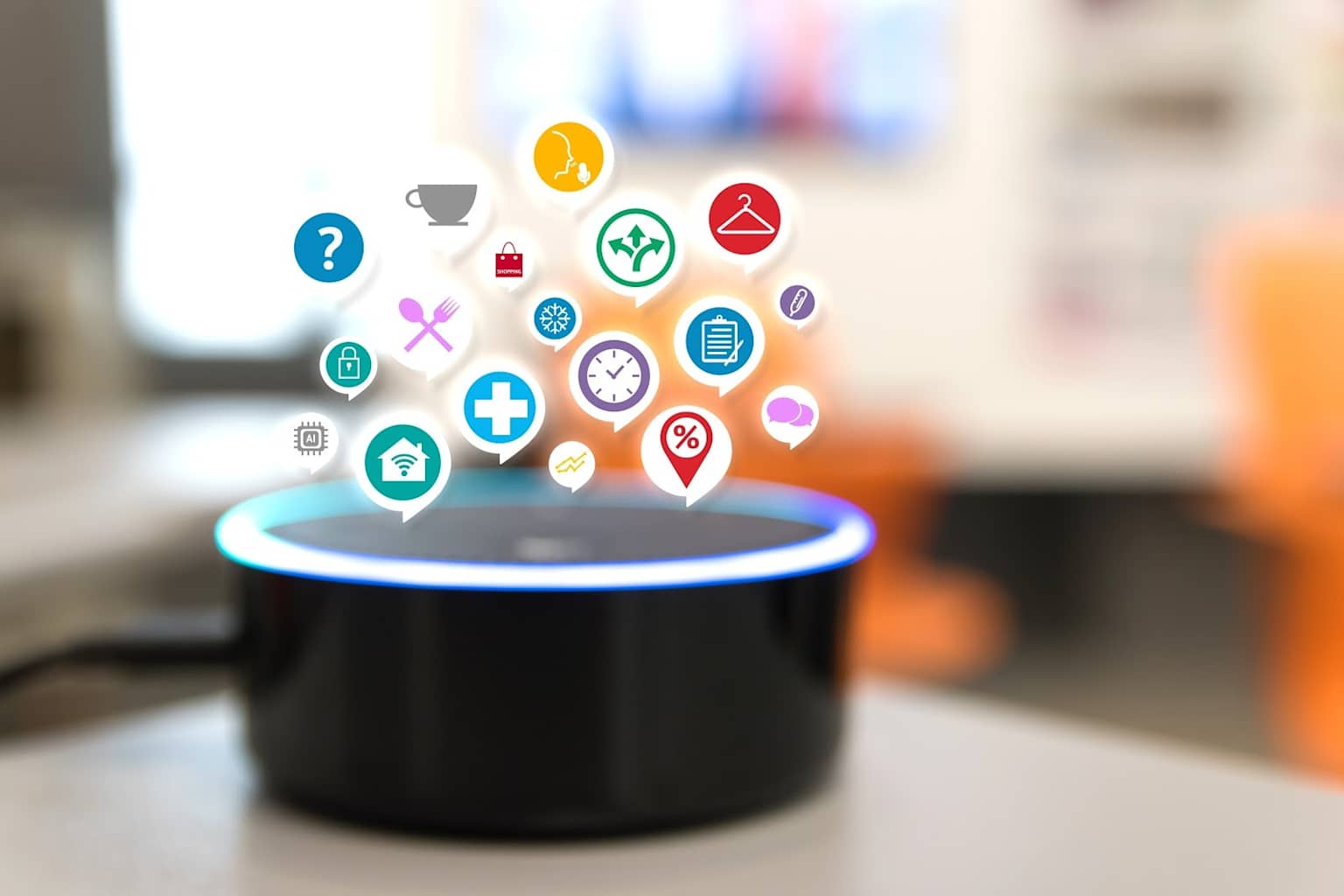
A smart speaker with a glowing blue ring represents AI voice assistants integrating into various aspects of daily life, indicated by floating icons.
The Rise of AI Agents in Everyday Life
AI agents are sophisticated digital assistants that can think, learn, and make decisions based on data they receive[^1]. Unlike traditional software that follows rigid programming, these agents adapt to user habits, preferences, and routines, delivering increasingly personalized experiences[^4][^2]. They operate across multiple touchpoints in our daily lives:
- Smart home management - controlling temperature, lighting, security, and appliances[^2][^5]
- Productivity optimization - managing calendars, emails, and task prioritization[^4][^6][^7]
- Health and wellness tracking - monitoring fitness, sleep, and dietary habits[^1][^8]
- Information curation - filtering news, entertainment, and learning content[^9][^10]
- Communication facilitation - streamlining messaging, calls, and social interactions[^11][^12]
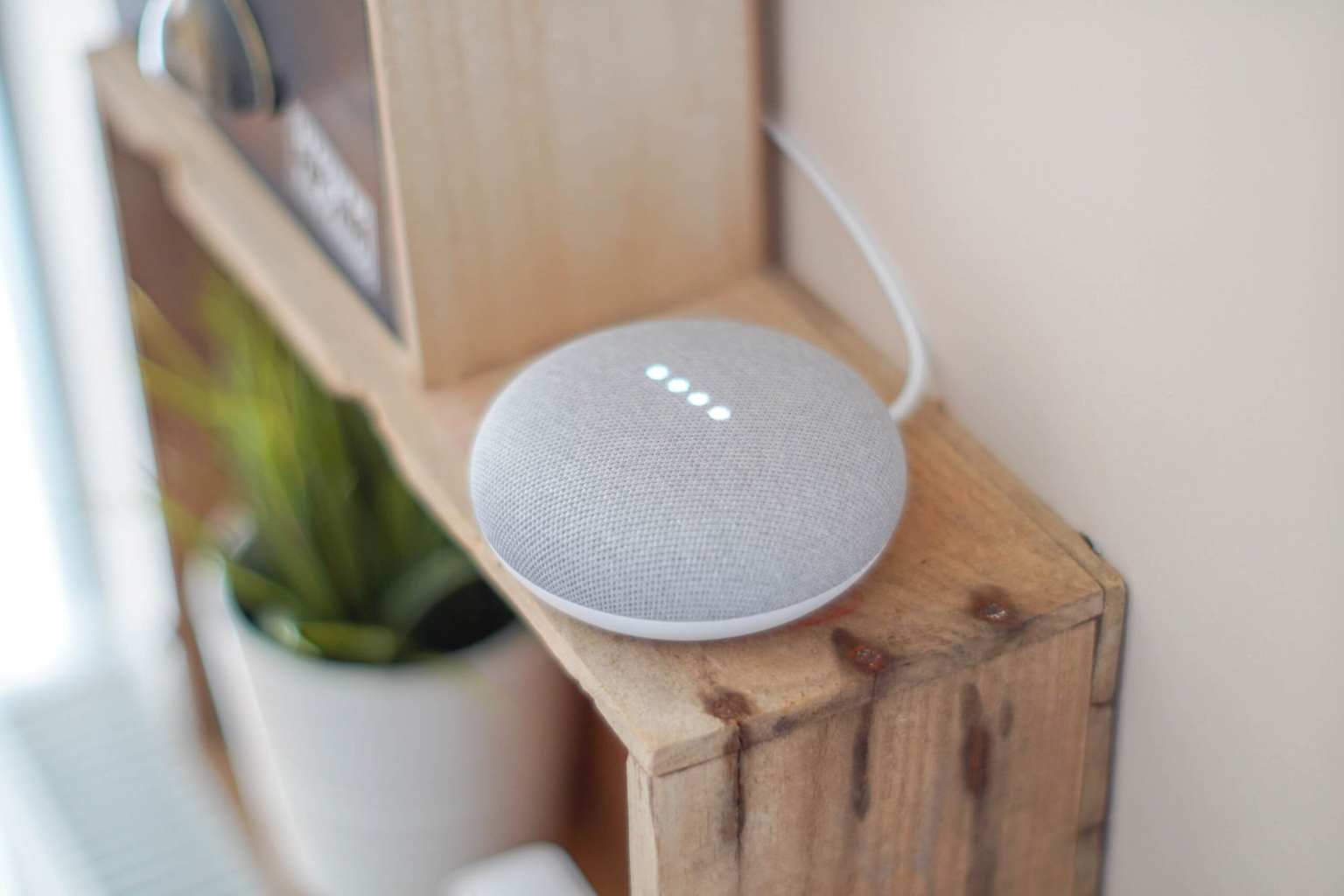
A voice-activated smart home assistant, an example of an AI agent, on a wooden shelf.
The convenience is undeniable. AI-powered productivity tools can reduce manual work by 80% and complete 8-hour tasks in minutes[^13]. Personal assistants help us stay organized by managing calendars, setting reminders, and suggesting optimal times to complete tasks[^1][^4]. Smart home systems create seamless living environments that anticipate our needs and adjust accordingly[^2][^5].
The Fundamental Divide: Capitalist vs. Personalized AI Agents
However, beneath this technological convenience lies a crucial distinction that profoundly impacts our daily productivity and well-being. AI agents operate under two fundamentally different paradigms:
Capitalist AI Agents: Profit-Driven Optimization
Capitalist AI agents are designed primarily to generate revenue for their creators through data collection, advertising, and behavioral manipulation[^14][^15][^16]. These systems optimize for engagement metrics, consumption patterns, and corporate objectives rather than genuine user benefit.
Key characteristics include:
- Surveillance-based productivity tracking for performance evaluation and efficiency metrics[^17][^18]
- Consumption-driven recommendations that prioritize partner products and advertising revenue[^15][^16]
- Data harvesting from personal habits for market research and targeted advertising[^15][^19]
- Engagement optimization is designed to maximize screen time and platform usage rather than meaningful productivity[^9][^18]
Research from Cornell University found that employees who believed they were being monitored by AI generated fewer ideas and showed decreased performance, experiencing reduced autonomy and increased resistance behaviors[^18].
Personalized AI Agents: User-Centric Optimization
Personalized AI agents, in contrast, are designed to serve the individual user's genuine needs, values, and long-term well-being[^20][^21][^7]. These systems prioritize authentic productivity enhancement, personal growth, and sustainable habits.
Key characteristics include:
- Adaptive learning that improves through continuous analysis of personal patterns and preferences[^20][^21]
- Value-aligned task prioritization based on individual goals and energy levels rather than external metrics[^7][^22]
- Privacy-first design that keeps personal data secure and uses it solely for user benefit[^23][^24]
- Sustainable productivity that respects natural rhythms and prevents burnout[^25][^26]
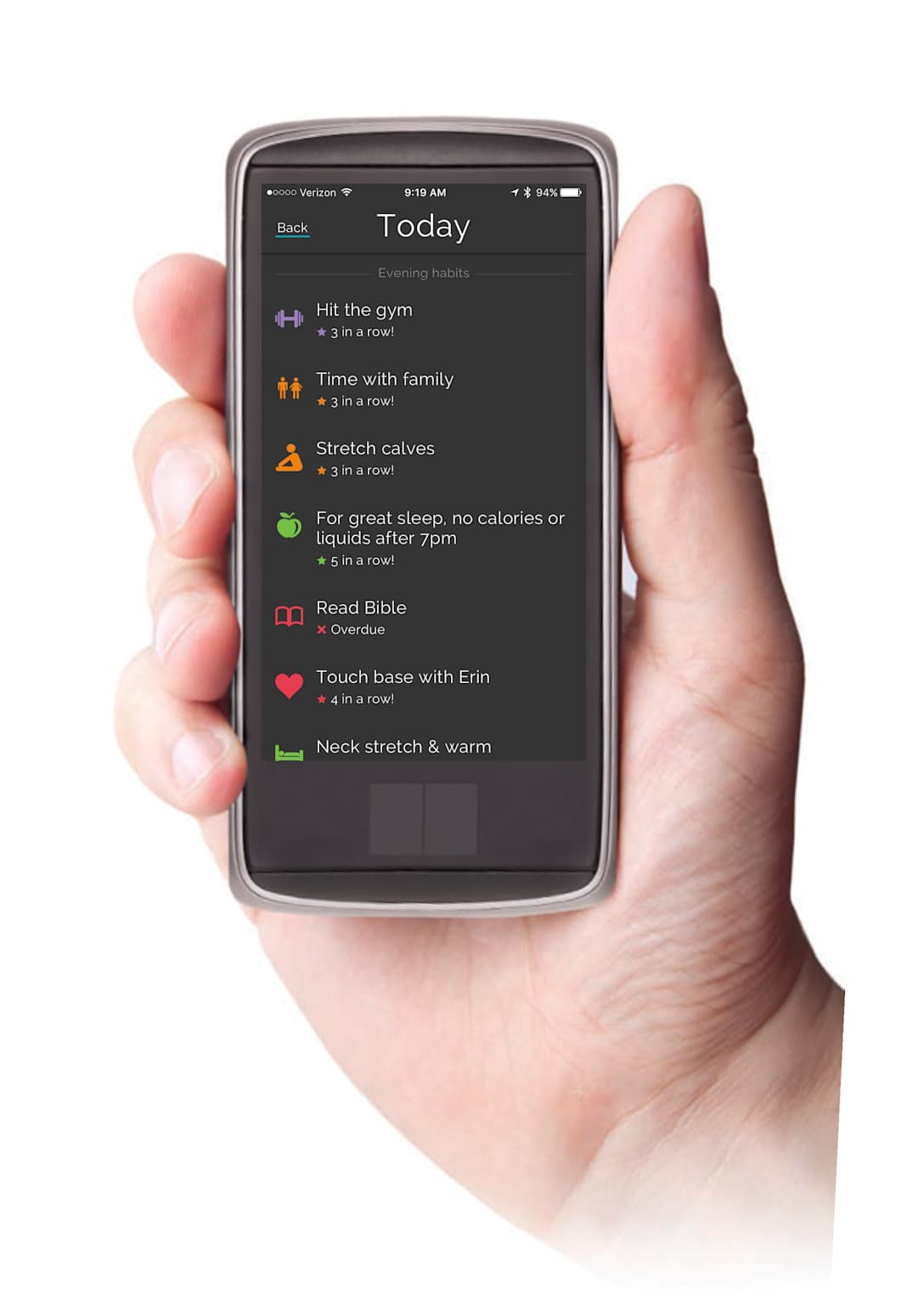
A smartphone displays a habit tracking application listing various evening habits, some with streaks and one marked overdue.
Daily Routine Analysis: A Tale of Two Influences
To understand the profound difference between these approaches, let's examine how capitalist versus personalized AI agents influence a typical person's daily routine:
The comparison reveals stark differences in how AI agents can shape our productivity throughout the day. While capitalist AI agents focus on extracting value from users through data collection and consumption promotion, personalized AI agents prioritize authentic user benefit and sustainable productivity enhancement.
| Daily Activity | Capitalist AI Influence | Personalized AI Influence | Productivity Impact (Capitalist) | Productivity Impact (Personalized) |
|---|---|---|---|---|
| Morning Routine | Promotes consumption-based morning rituals (latest products, ads) | Tailored to individual energy patterns, personal wellness goals | Medium - Mixed focus on consumption vs. wellness | High - Aligned with natural rhythms and personal goals |
| Email Management | Prioritizes corporate emails, marketing content, promotional messages | Filters based on personal importance, reduces cognitive load | Low - Information overload, distraction from priorities | High - Reduced noise, focus on what matters |
| Task Prioritization | Tasks aligned with company KPIs, productivity metrics for surveillance | Prioritizes based on personal values, life goals, energy levels | Medium - Efficient but potentially misaligned with personal goals | High - Tasks aligned with personal values and capacity |
| Meeting Scheduling | Optimizes for revenue-generating meetings, client acquisition | Respects personal time boundaries, suggests optimal meeting times | High - Revenue-focused efficiency | High - Respects boundaries while maintaining effectiveness |
| Information Consumption | Curated content to drive engagement, ad revenue, data collection | Delivers relevant information aligned with learning objectives | Low - Filter bubble, cognitive overload from ads | High - Quality over quantity, supports learning |
| Lunch Break | Suggests paid meal services, promotes partner restaurants | Suggests healthy options based on dietary preferences, health goals | Medium - Convenient but potentially expensive | High - Health-conscious, budget-friendly choices |
| Afternoon Focus | Tracks productivity for performance evaluation, efficiency metrics | Adapts to natural productivity rhythms, suggests break timing | High - Maximum output but potentially unsustainable | High - Sustainable productivity based on individual patterns |
| Communications | Channels through corporate platforms, monitors for compliance | Facilitates meaningful connections, protects privacy | Medium - Efficient but surveillance concerns | High - Meaningful connections, protected privacy |
| Shopping/Purchases | Pushes targeted ads, promotes impulse purchases, brand partnerships | Makes thoughtful recommendations within budget, reduces impulse buying | Low - Impulse decisions, budget strain | High - Thoughtful consumption aligned with values |
| Evening Routine | Data harvesting from personal habits for market research | Supports personal reflection, family time, relaxation preferences | Low - Commodifies personal time | High - Supports work-life balance and personal well-being |
| Entertainment | Algorithm-driven content to maximize viewing time, ad exposure | Curates content for personal growth, hobby development | Low - Addictive engagement patterns | High - Growth-oriented, fulfilling content |
| Health Tracking | Collects biometric data for insurance/employer partnerships | Private health insights for personal wellness, not shared externally | Medium - Comprehensive but privacy concerns | High - Personal insights for self-improvement |
Morning Routines: Setting the Daily Tone
Capitalist AI influence begins early, promoting consumption-based morning rituals through targeted advertisements for the latest products, premium services, and lifestyle upgrades. These systems exploit our vulnerable morning state to drive purchasing decisions and brand engagement[^14][^15].
Personalized AI influence takes a dramatically different approach, tailoring morning routines to individual energy patterns and personal wellness goals. This might include optimized wake times based on sleep cycles, personalized meditation recommendations, or gentle exercise suggestions aligned with fitness objectives[^25][^26].

A person uses a smartphone in a lecture hall, embodying daily digital engagement and potential interaction with productivity tools.
Workplace Productivity: Efficiency vs. Authenticity
The workplace represents perhaps the most significant battleground between these two AI paradigms. Capitalist AI systems optimize for company KPIs and productivity metrics that may not align with individual values or sustainable work practices[^14][^17]. These systems often implement surveillance mechanisms that track every keystroke, email, and break, creating a pressure-cooker environment that can reduce creativity and job satisfaction[^18].
Personalized AI systems focus on tasks aligned with personal values, energy levels, and long-term career goals. They suggest optimal working patterns, recommend strategic breaks, and help maintain work-life boundaries that prevent burnout[^7][^22].
Information Consumption: Engagement vs. Learning
The way AI agents curate information throughout our day reveals their underlying motivations. Capitalist AI creates filter bubbles designed to maximize engagement and ad revenue, often leading to information overload and cognitive stress[^15][^19]. These systems exploit psychological triggers to keep users scrolling, clicking, and consuming content that may not serve their actual interests or learning goals.
Personalized AI delivers relevant information aligned with genuine learning objectives and personal interests. It prioritizes quality over quantity, helping users stay informed without becoming overwhelmed by irrelevant content or manipulative headlines[^24][^27].
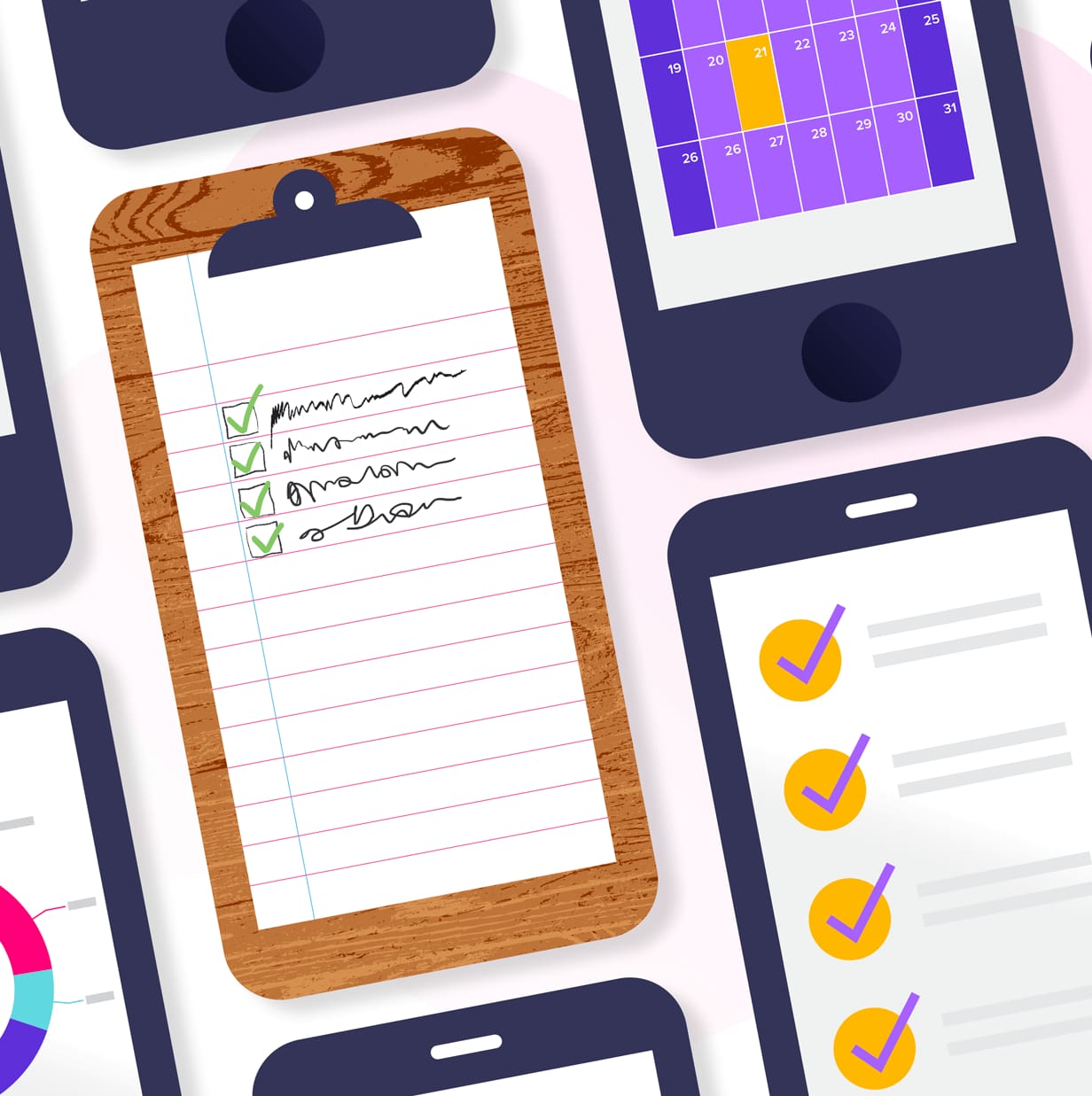
An illustration depicting productivity tools like a clipboard to-do list, a digital calendar, and task tracking apps on smartphone screens.
The Productivity Paradox: Short-term Gains vs. Long-term Well-being
The data reveals a striking paradox: while capitalist AI agents may provide short-term efficiency gains in specific areas like revenue-focused meeting optimization, they consistently underperform in overall productivity and user satisfaction. The reason lies in their fundamental misalignment with human values and sustainable work practices.
Capitalist AI limitations include:
- Information overload leading to decision fatigue and reduced cognitive performance[^19][^18]
- Surveillance-induced stress that reduces creativity and job satisfaction[^18]
- Consumption pressure that strains personal budgets and creates anxiety[^15]
- Engagement manipulation that disrupts focus and deep work capabilities[^9]
Personalized AI advantages include:
- Reduced cognitive load through intelligent filtering and prioritization[^7][^20]
- Sustainable productivity patterns that prevent burnout and maintain long-term performance[^25][^26]
- Value-aligned decision support that enhances life satisfaction[^22][^28]
- Privacy protection that maintains user autonomy and trust[^23][^24]
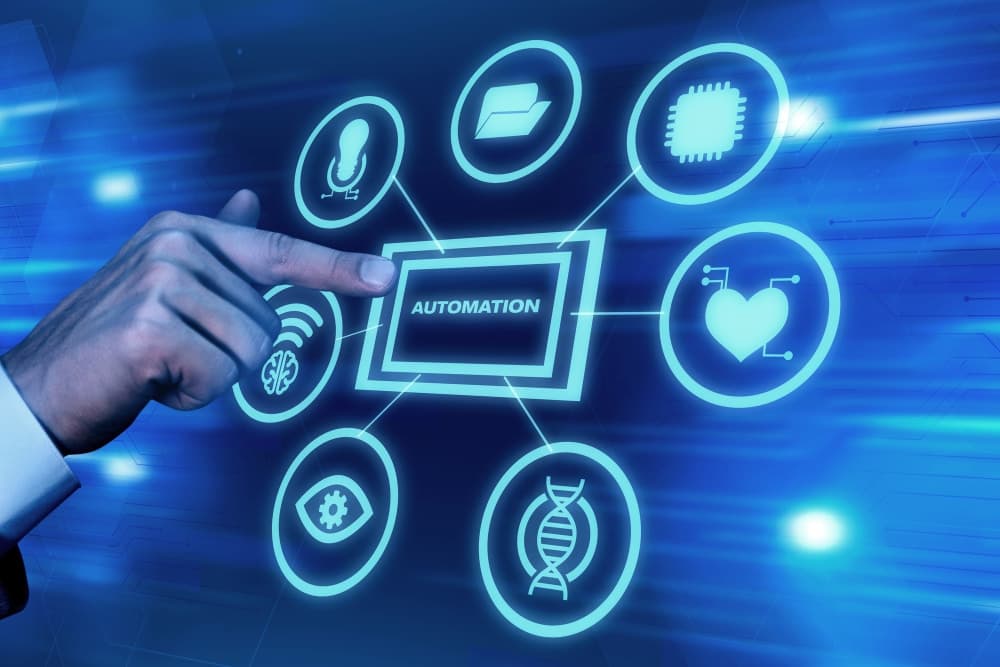
Conceptual diagram illustrating various technological components and applications linked to automation, including AI and data management.
The Privacy and Autonomy Challenge
One of the most significant concerns with capitalist AI agents is their approach to privacy and user autonomy. These systems often collect vast amounts of personal data, sometimes skirting legal boundaries and corporate policies in their quest for training data[^15][^16]. Tech giants like OpenAI, Google, and Meta have reportedly ignored corporate policies and debated bending copyright law to harvest the data needed for AI development[^15][^16].
This data collection extends beyond simple usage statistics to include:
- Behavioral profiling that can turn assistance tools into monitoring and surveillance systems[^19]
- Consent bypassing through complex terms of service that obscure the true extent of data collection[^19]
- Anonymity erosion where AI systems can re-identify individuals by combining data from different sources[^19]
- Security vulnerabilities that make personal data targets for cyberattacks and exploitation[^19]
Personalized AI agents, by contrast, prioritize user privacy and autonomy through:
- Local processing that keeps sensitive data on user devices[^23]
- Transparent consent mechanisms that clearly explain data usage[^23]
- User control over data sharing and algorithmic decision-making[^20][^24]
- Privacy-by-design architecture that builds protection into the system from the ground up[^23]
Building a Healthier AI-Integrated Future
As AI agents become increasingly sophisticated and ubiquitous, the choice between capitalist and personalized approaches becomes more critical. The future of human productivity and well-being may depend on our ability to recognize and choose AI systems that genuinely serve our interests.
Strategies for Individuals
Digital wellness practices can help individuals maintain healthy relationships with AI-powered technology[^24][^27]:
- Establish tech-free zones and times to maintain human autonomy
- Regularly assess and curate digital consumption patterns
- Choose AI tools that prioritize user benefit over engagement metrics
- Maintain awareness of how AI systems influence daily decisions
Intentional AI adoption involves:
- Researching the business models and incentives of AI service providers
- Prioritizing tools that offer transparency and user control
- Setting clear boundaries for AI involvement in personal decisions
- Regularly evaluating whether AI tools enhance or diminish life satisfaction
Implications for Organizations
Workplace AI implementation should prioritize employee well-being and authentic productivity enhancement:
- Focus on AI systems that support rather than surveil employees
- Ensure AI tools align with organizational values and employee needs
- Provide training on healthy AI interaction and digital wellness
- Maintain human oversight and decision-making authority
Ethical AI development requires:
- Transparent business models that align with user interests
- Privacy-first design principles
- User control over data and algorithmic decisions
- Regular assessment of AI impact on human well-being
Conclusion: Choosing Your AI Future
The integration of AI agents into our daily routines represents both a tremendous opportunity and a significant risk. The fundamental choice between capitalist and personalized AI agents will shape not just our productivity, but our autonomy, privacy, and overall well-being in the years to come.
While capitalist AI agents may offer short-term convenience and efficiency gains, they often come at the cost of genuine productivity, personal autonomy, and sustainable well-being. Personalized AI agents, designed with user benefit as the primary objective, offer a path toward authentic productivity enhancement that aligns with human values and long-term flourishing.
As we stand at this crossroads, the decisions we make today about which AI agents to welcome into our daily routines will determine whether technology serves to enhance human potential or exploit it. The choice is ours—but only if we remain aware of the distinction and actively choose systems that genuinely serve our interests rather than simply claiming to do so.
The future of AI in daily life doesn't have to be a surveillance dystopia driven by profit motives. By understanding the difference between capitalist and personalized AI agents, we can build a more human-centered technological future that enhances rather than diminishes our daily productivity and well-being.
No comments:
Post a Comment